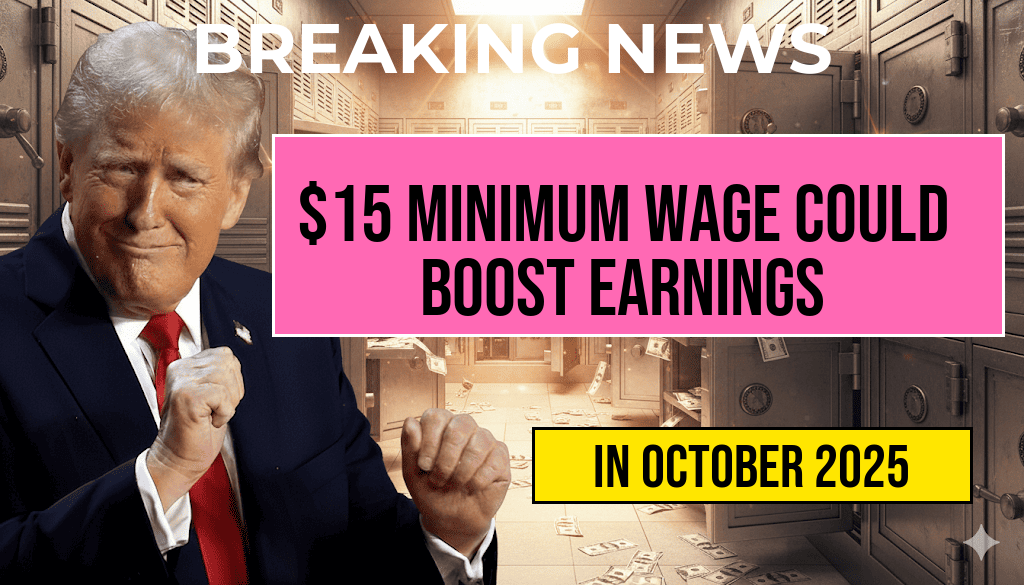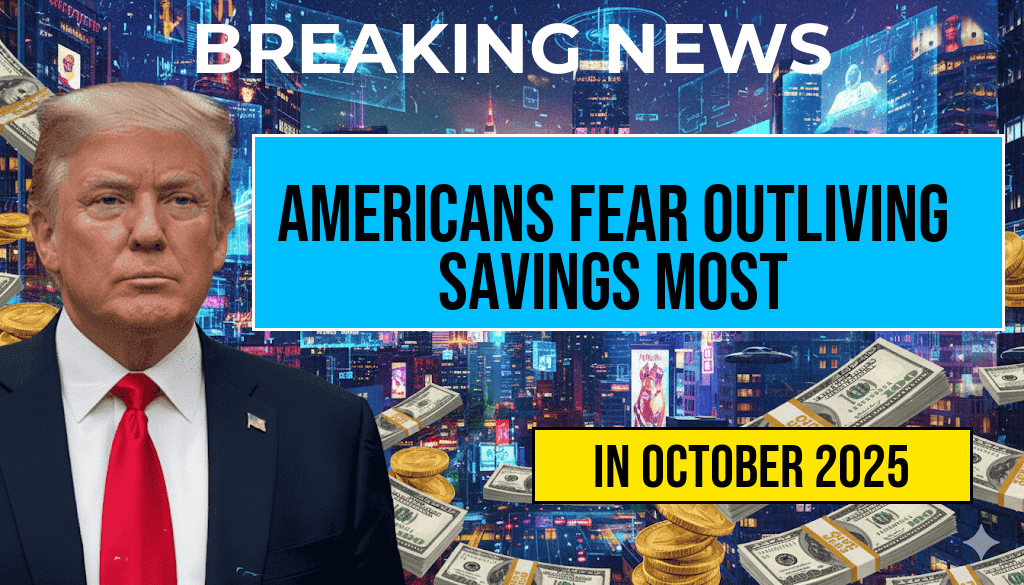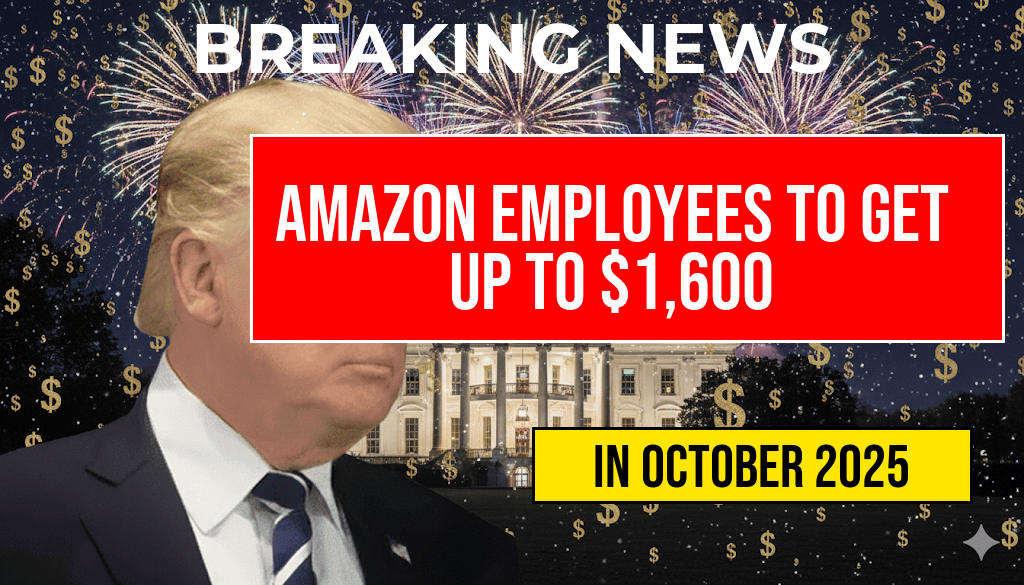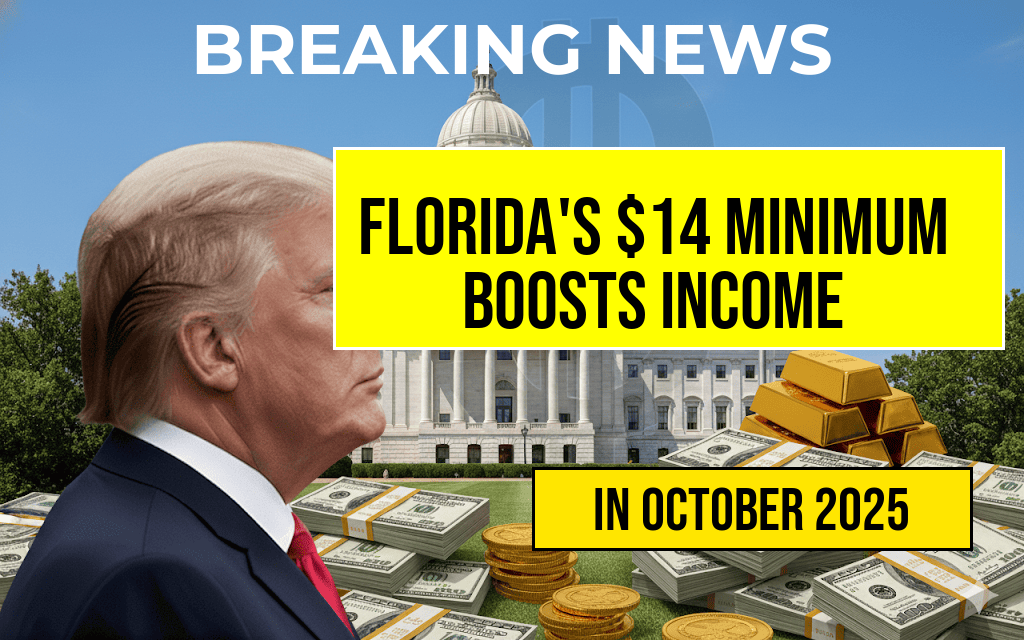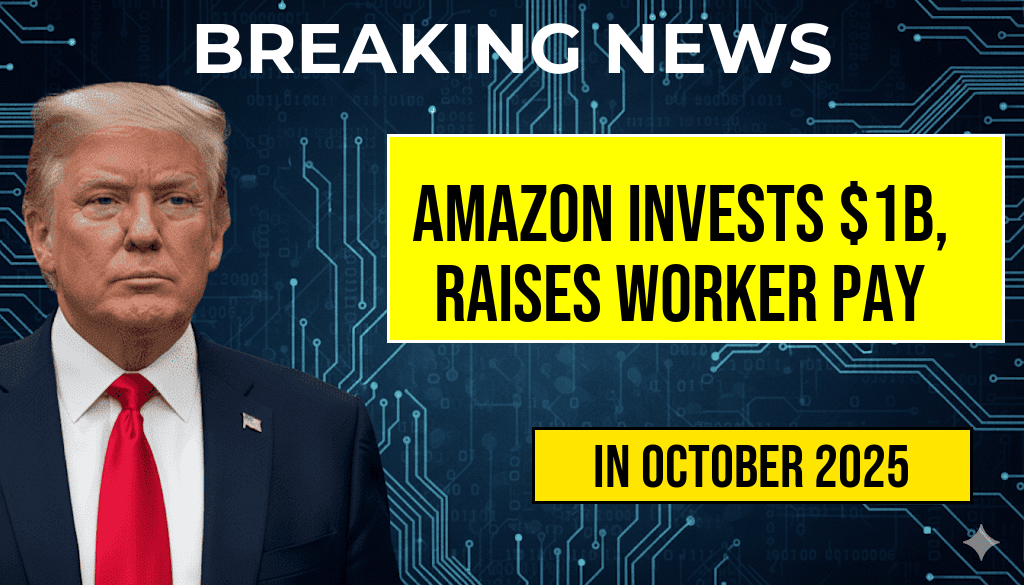A recent analysis suggests that raising the federal minimum wage to $15 an hour could significantly increase the annual earnings of millions of American workers. According to the study, approximately 32 million employees across various industries would see an average boost of around $3,300 per year in their income if the federal minimum were set at this level. The potential change comes amid ongoing debates about income inequality, living costs, and the role of federal policy in ensuring fair wages. Advocates argue that such a wage increase could help lift many low-income households out of poverty, while opponents warn of possible economic repercussions, including increased labor costs for businesses and potential job losses. As policymakers consider options, understanding the scope and impact of a $15 minimum wage remains central to discussions about economic fairness and sustainable growth.
Implications of Raising the Federal Minimum Wage
Potential Income Gains for Low-Wage Workers
The study projects that nearly one-third of the U.S. workforce earning at or near the current federal minimum wage would experience notable financial improvements. For these workers, annual earnings could rise by approximately $3,300, translating to increased disposable income. This uplift could have ripple effects on local economies, boosting spending on essentials such as housing, healthcare, and education.
Distribution of Impact Across Industries
Workers in sectors such as retail, hospitality, and food services are most likely to benefit from the wage increase. These industries employ a significant portion of minimum-wage earners, often characterized by part-time or low-hour contracts. The following table illustrates the distribution of affected workers by industry:
| Industry | Number of Workers Affected | Average Annual Earnings Boost |
|---|---|---|
| Retail | 10 million | $3,400 |
| Hospitality & Food Service | 8 million | $3,250 |
| Personal Services | 4 million | $3,100 |
| Other Sectors | 10.8 million | $3,350 |
Economic Considerations and Debates
Potential Benefits
- Reduction in poverty levels: With increased earnings, many low-income households could better meet basic needs, decreasing dependence on social welfare programs.
- Enhanced consumer spending: Higher wages typically lead to increased purchasing power, which can stimulate local economies and support small businesses.
- Workforce stability: Improved wages may reduce turnover and improve employee morale, contributing to more stable workplaces.
Concerns and Counterarguments
- Potential job losses: Critics warn that higher labor costs could lead employers to reduce hiring, cut hours, or automate tasks, disproportionately affecting low-skilled workers.
- Inflationary pressures: Businesses may pass increased wages onto consumers through higher prices, which could offset some benefits for workers.
- Regional disparities: The impact of a $15 minimum wage may vary significantly depending on local living costs and economic conditions, raising questions about uniform federal standards.
Policy Context and Future Outlook
Historical Trends and Legislative Proposals
The debate over raising the federal minimum wage has gained renewed momentum as many states and cities have independently increased their minimums beyond the federal level. The Fair Minimum Wage Act, proposed in Congress, seeks to incrementally raise the federal minimum to $15 over several years. Some states, such as California and New York, have already implemented higher minimum wages, aligning policy more closely with local economic realities.
Expert Opinions and Predictions
Economists remain divided on the overall effects. Some argue that a higher minimum wage could improve economic equity without significant job losses, citing examples from regions where higher wages have been successfully implemented. Others caution that without accompanying measures, the increase could strain small businesses and slow hiring growth.
As discussions continue, stakeholders from labor groups to business associations are closely monitoring legislative developments and economic data to inform their positions. The potential shift to a $15 minimum wage underscores ongoing efforts to balance fair compensation with economic vitality.
For more information on the history and implications of minimum wage policies, visit Wikipedia’s page on minimum wage. Economic analyses and policy updates are also available through sources such as Forbes.
Frequently Asked Questions
What is the potential financial impact of increasing the federal minimum wage to fifteen dollars?
According to the study, raising the federal minimum wage to fifteen dollars could boost annual earnings by approximately three thousand three hundred dollars for about thirty-two million workers.
How many workers could benefit from a $15 federal minimum wage increase?
The study estimates that approximately thirty-two million workers across the United States could see a significant increase in their annual earnings if the federal minimum wage is raised to fifteen dollars.
What are the broader economic implications of raising the minimum wage to $15?
Raising the federal minimum wage to fifteen dollars could lead to increased spending power for millions of workers, potentially stimulating economic growth and reducing income inequality.
Does the study suggest that all workers will benefit equally from the wage increase?
While the study indicates that many workers could see a notable rise in earnings, the actual impact may vary depending on factors such as industry, location, and current wage levels.
What are some potential challenges or criticisms of implementing a $15 minimum wage nationwide?
Critics argue that a significant wage increase could lead to higher labor costs for employers, potentially resulting in job losses or reduced hours. However, proponents believe the economic benefits for workers outweigh these concerns.

